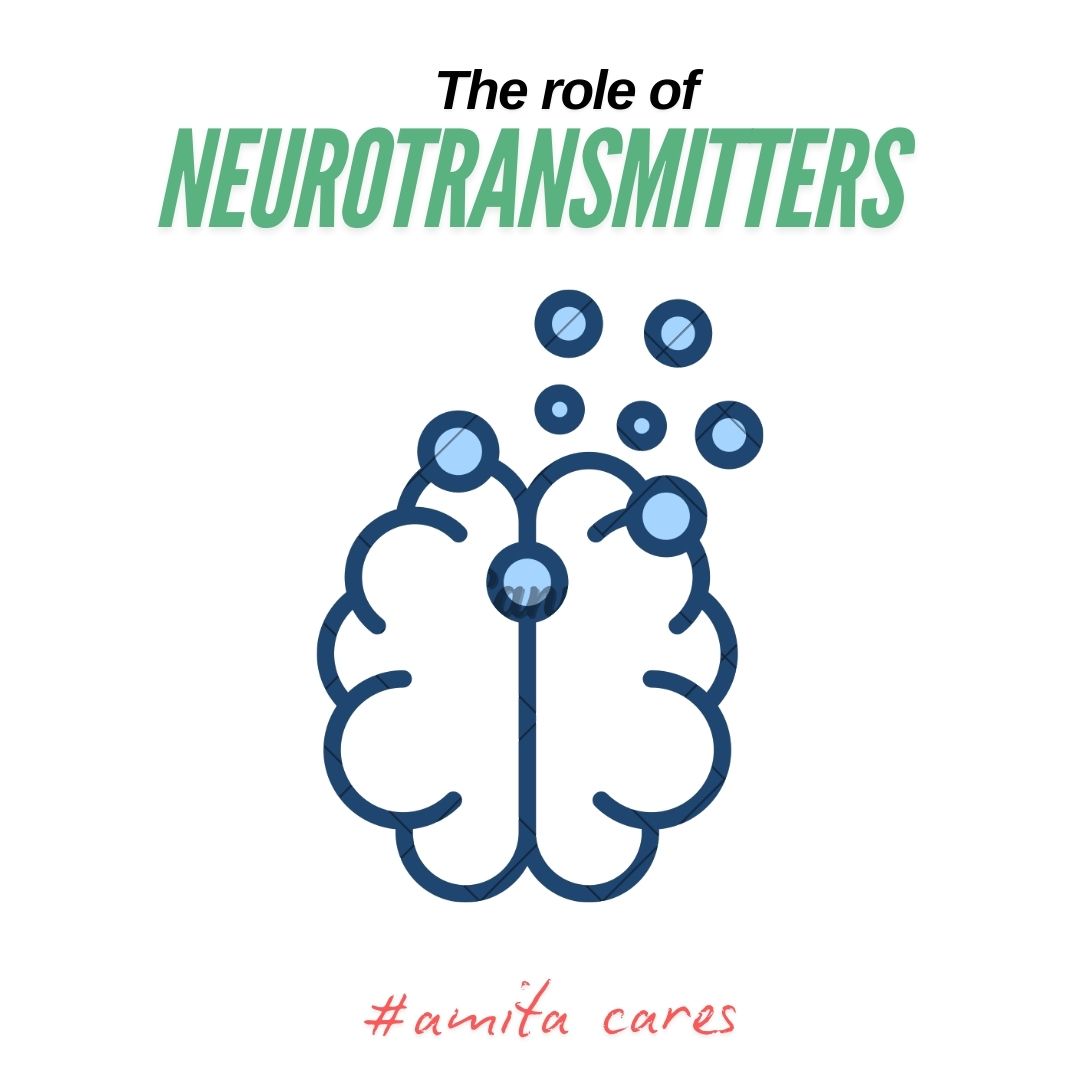
Schizophrenia is a complex mental health disorder influenced by an interplay of genetic, environmental, and neurochemical factors. Among the most studied contributors are neurotransmitters—chemical messengers in the brain that regulate communication between neurons. In particular, dopamine and glutamate have been identified as key players in the development and symptoms of schizophrenia. Understanding their role sheds light on the biological underpinnings of the disorder and informs treatment strategies.
The dopamine hypothesis is one of the oldest and most researched theories in schizophrenia. It suggests that an overactive dopamine system, particularly in certain brain regions like the mesolimbic pathway, contributes to the positive symptoms of schizophrenia, such as hallucinations and delusions. This theory is supported by the effectiveness of antipsychotic medications, which work by blocking dopamine receptors to reduce these symptoms. However, a deficiency of dopamine in other areas, such as the prefrontal cortex, is thought to contribute to negative symptoms like emotional flatness and impaired decision-making.
Recent research also highlights the role of glutamate, the brain’s primary excitatory neurotransmitter. Dysfunction in the glutamate system, particularly at NMDA (N-methyl-D-aspartate) receptors, has been linked to schizophrenia. Hypoactivity of these receptors can impair neural communication, leading to cognitive deficits and negative symptoms. Additionally, glutamate dysregulation may interact with dopamine pathways, further contributing to the complex symptom profile of schizophrenia.
The interplay between dopamine and glutamate underscores the complexity of schizophrenia and highlights the need for multifaceted treatment approaches. While current antipsychotic medications primarily target dopamine, ongoing research into glutamate-modulating therapies holds promise for addressing the cognitive and negative symptoms that are often resistant to traditional treatments. By exploring these neurochemical pathways, scientists hope to develop more effective interventions and improve the quality of life for individuals living with schizophrenia.
Kanishka
